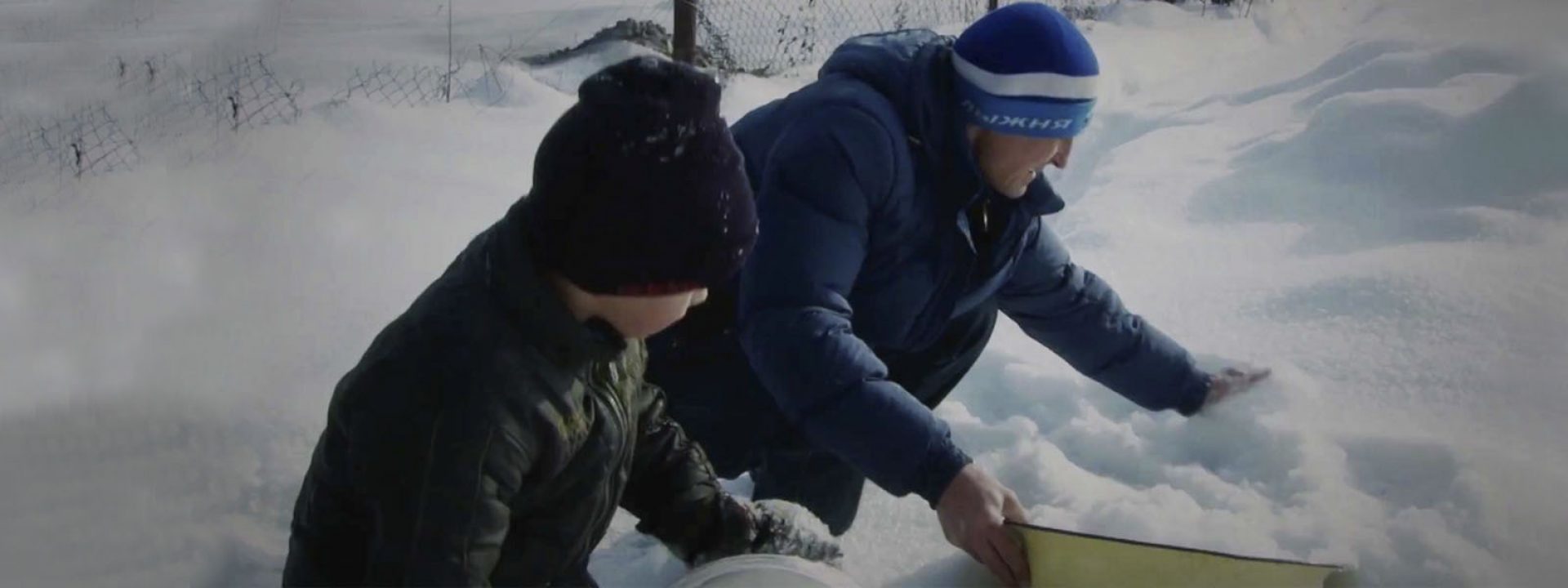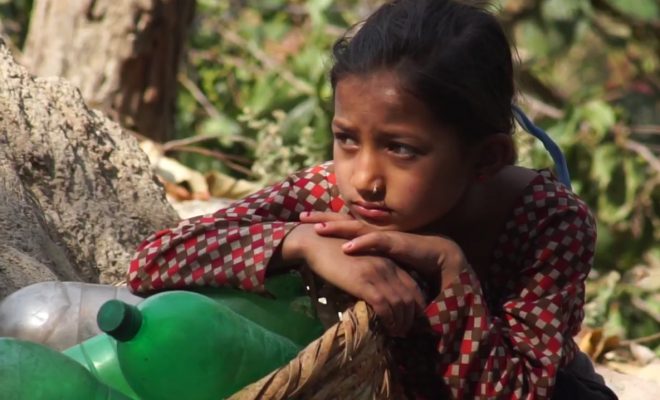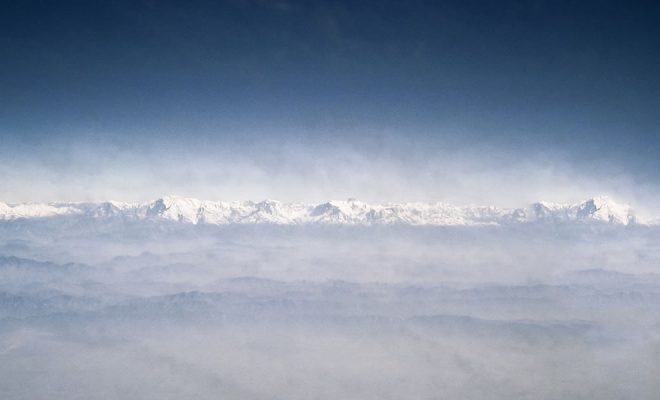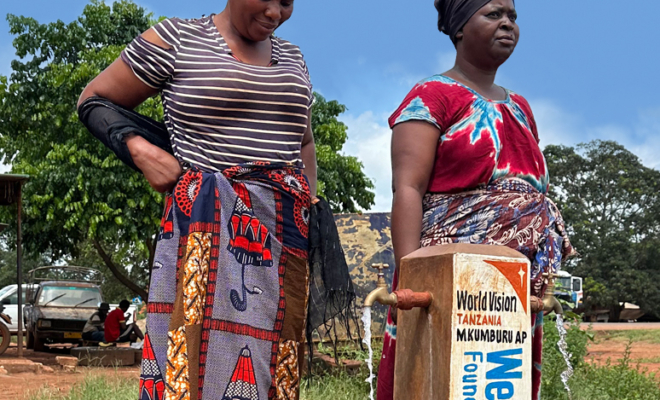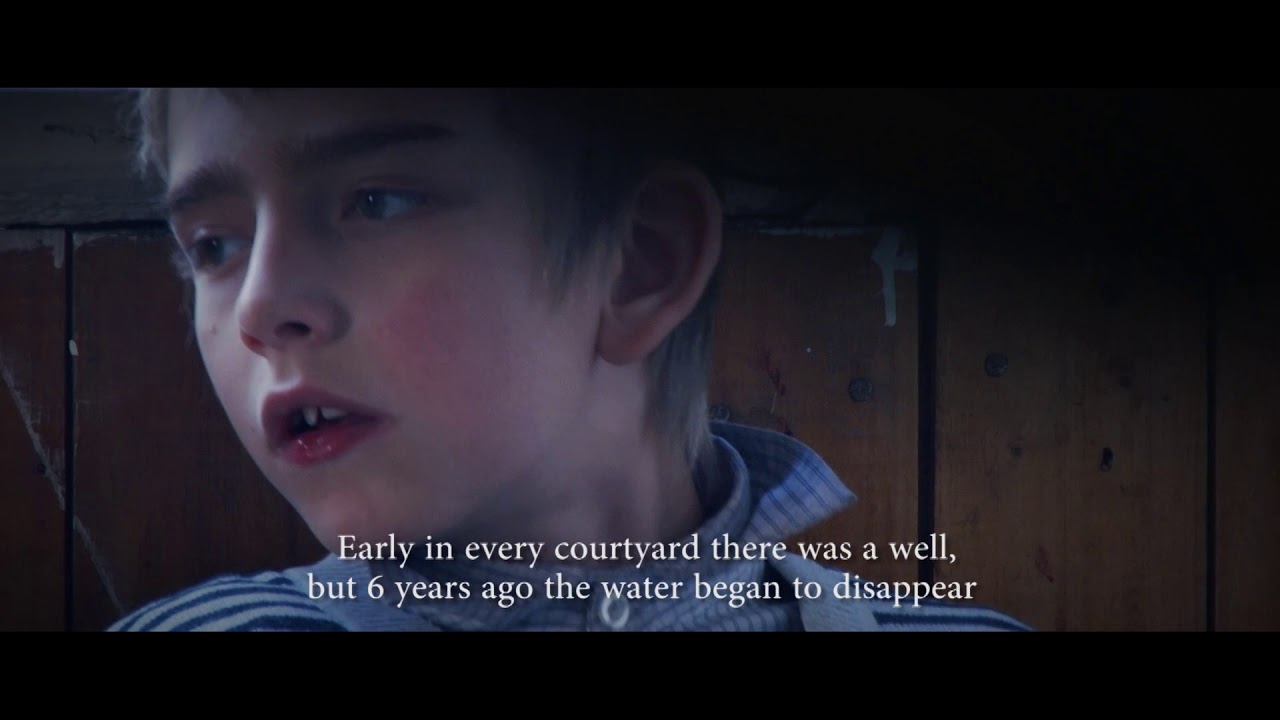
SNOW by sacha127 (Russia). Finalist of the We Art Water Film Festival 4. Micro-documentary category.
With over 31,000 m3 per inhabitant, Russia is one of the 10 countries with the largest amount of renewable water in the world. However, the contamination of rivers and lakes due to the lack of wastewater treatment, uncontrolled industrial waste and the destruction of groundwater by agricultural or mining overexploitation force the largest country in the world to consider a new water culture, and to invest enormous financial resources to achieve water security.
The case of Barzas, a neighborhood in the Siberian city of Beriózovski where 60 families live, is an example. The city has modern administrative and commercial infrastructures, but Barzas’ inhabitants do not have a drinking water supply. Six years ago, there was a well with water in the courtyard of every home, but water started disappearing and in less than a year the 60 houses in the neighborhood were left without water. Although they have not received an official explanation, the most probable cause is the open-pit mine close to the neighborhood that has destroyed the aquifers.
Despite the large number of industrial companies in the area, neither the owners of the mines nor the local authorities seem to be able to solve the problem. For Barzas’ families, obtaining drinking water is a daily chore that involves all its members. The water they receive must be filtered, left to rest and then boiled.
The situation improves in winter due to snow: they have an endless source of water. Collecting and melting it is a daily task that mainly involves the more than 20 children in the neighborhood.
There are many communities all around the world that depend on snow and ice in the mountains to survive. Many of them, such as the ones on the foothills of the Himalayas or the Andes, are threatened by climate change, which is causing a rise in the water freezing level. The problem can reach the Siberian plains where snow, contaminated by coal dust from the open-pit mines and from factories, often falls black in many areas. Fortunately, this does not seem to be the case for the inhabitants of Barzas.


